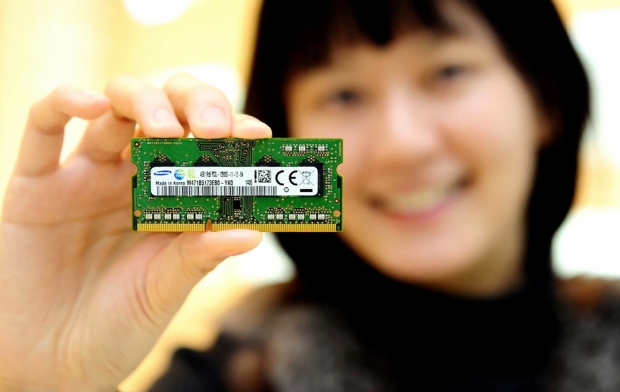Bernstein Research's senior analyst Mark C. Newman said that the competitive dynamic in the memory chip industry is not as good as we thought due to Samsung's aggressive and opportunistic behaviour. This is analyst speak for Samsung is engaging in a supply and price war with the other big names in the memory chip marking business – SK hynix and Micron.
“Rather than sit back and enjoy elevated profit margins with a 40 percent market share in DRAMs, Samsung is intent on stretching their share to closer to 50 percent," he said.
Newman said the company is gaining significant market share in the NAND sector.
"Although Samsung cares about profits, their actions have been opportunistic and more aggressive than we predicted at the expense of laggards particularly Micron Technology in DRAMs and SK hynix in NANDs," he said.
SK hynix is expected to suffer. "In NAND, we see Samsung continuing to stretch their lead in 3D NAND, which will put continued pressure on the rest of the field. SK hynix is one of the two obvious losers."
Newman said that Samsung’s antics have destroyed the "level of trust" among competitors, perhaps "permanently," as demand has dropped drastically with PC sales growth down to high single digits in 2015 with this year shaping up to be the same.
"Sales of smartphones, the main savior to memory demand growth have also weakened considerably to single digit growth this year and servers with datacenters are not strong enough to absorb the excess, particularly in DRAM," Newman said.
He is worried that Samsung could create an oversupply in the industry.
"The oversupply issue is if anything only getting worse, with higher than normal inventories now an even bigger worry. Although we were right about the shrink slowing, thus reducing supply growth, the flip side of this trend is that capital spending and R&D costs are soaring thus putting a dent in memory cost declines," he said.
China's potential entry into the market and new technologies will provide further worries "over the longer term."
"Today's oversupply situation would become infinitely worse if and when China's XMC ramps up big amounts of capacity. New memory technologies such as 3D X-point, ReRAM and MRAM stand on the sidelines and threaten to cannibalize part of the mainstream memory market," he said.




